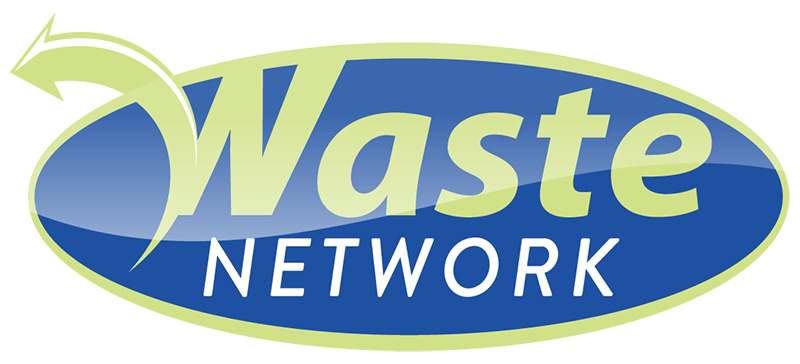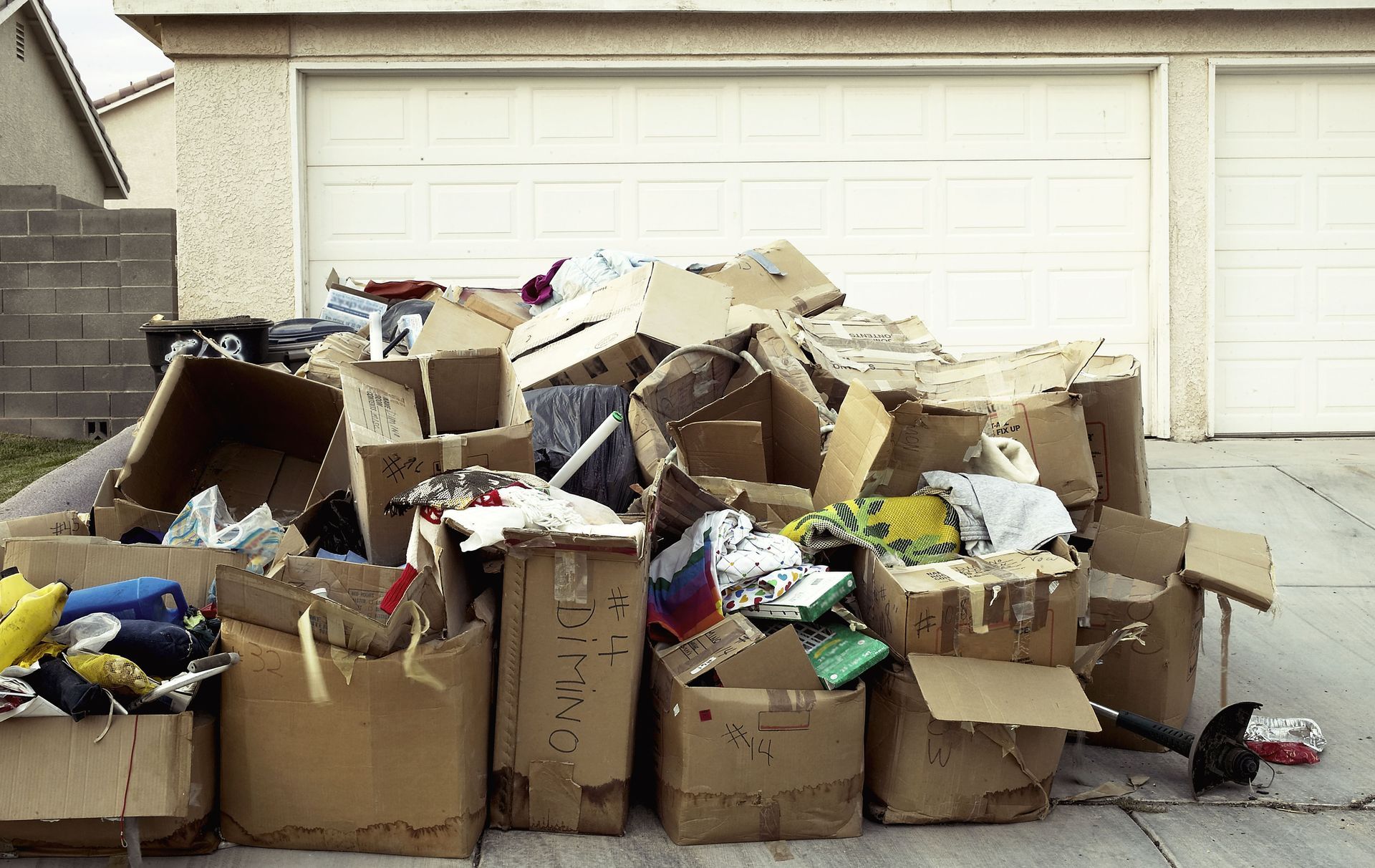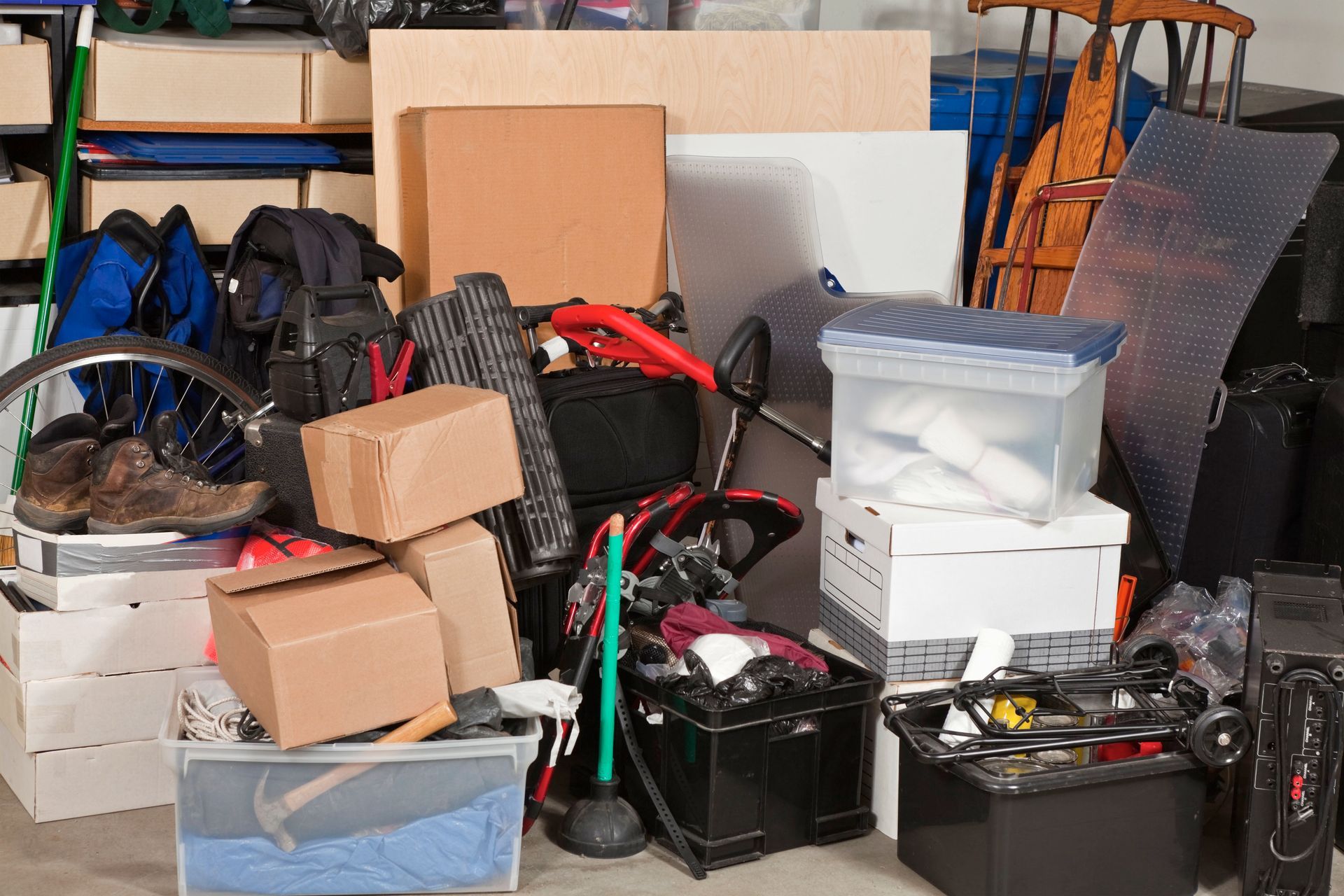Your Guide to Junk Removal
Junk removal is the process of clearing unwanted materials from residential, commercial, or construction spaces. It involves the careful collection, hauling, and responsible disposal of items such as old furniture, appliances, yard debris, and renovation waste. Professional junk removal simplifies cleanup projects, enhances property appearance, and contributes to a safer, more organized environment. This guide explains the essentials of junk removal, preparation tips, service options, and sustainable disposal methods consistent with industry standards.
Section 1: What Junk Removal Involves
1.1 Defining Junk
Junk includes any item that has outlived its usefulness, is broken, obsolete, or takes up unnecessary space. Common examples are damaged furniture, appliances, electronics, construction debris, and general household clutter. According to DevelopmentAid, the production of municipal solid waste will increase by nearly 2 billion tons and hit 3.8 billion tons by 2050. Identifying what qualifies as junk helps determine how items should be separated for donation, recycling, or disposal.
1.2 Why Junk Removal Is Important
Efficient junk removal reduces clutter, prevents safety hazards, and restores functional space. Accumulated waste can block access points, harbor pests, or create fire risks. Keeping properties free from excess debris promotes cleanliness, reduces stress, and supports a healthier living or working environment. For businesses, regular removal improves professional presentation and operational flow.
1.3 Common Sources Of Waste
Junk can accumulate in various settings. Homes may generate clutter during spring cleaning, moves, or renovations. Businesses and offices often produce waste through remodeling projects or equipment upgrades. Construction and demolition sites generate bulk debris such as wood, metal, and drywall that require removal. Recognizing these sources allows for timely and organized disposal.
1.4 Legal And Environmental Compliance
Proper waste management must align with local and state regulations. Certain materials—such as electronics, appliances containing refrigerants, and construction debris—require specific disposal or recycling methods. Partnering with licensed junk removal providers helps ensure that materials are transported and processed according to Massachusetts guidelines and applicable environmental laws.
Section 2: Preparing For Junk Removal
2.1 Assessing The Area
Before removal begins, evaluate the property and identify which items need to be taken away. Organize belongings into categories such as “keep,” “donate,” “recycle,” and “discard.” This step streamlines the process, making it easier for the removal crew to focus on specific items and estimate the required truck space accurately.
2.2 Safety Measures
Safety should remain a top priority. Heavy or sharp objects should be handled with care, and clear paths should be maintained to prevent tripping hazards. Protective gear such as gloves, masks, and sturdy footwear helps prevent injury during the handling or sorting phase. Keeping the area well-lit ensures better visibility while preparing for pickup.
2.3 Required Equipment
Most professional junk removal services bring the equipment needed for collection and loading, including hand trucks, dollies, and lifting straps. Homeowners and property managers only need to identify items for removal. For large-scale projects, dumpsters or high-capacity trucks may be used to contain waste efficiently.
Section 3: Methods Of Junk Removal
3.1 Full-Service Junk Removal
Full-service junk removal covers every stage of the process—from lifting and loading to transportation and disposal. Trained crews handle the labor, allowing property owners to avoid heavy lifting or multiple trips to a landfill. This option is ideal for homeowners, landlords, businesses, and contractors seeking quick and efficient waste removal.
3.2 Bulk Junk And Cleanouts
Bulk junk removal focuses on large, accumulated waste volumes. Typical projects include estate cleanouts, garage and attic clearances, post-construction cleanup, and office renovations. Crews use spacious trucks—often up to 20 yards in capacity—to manage substantial loads efficiently. The removal of bulky materials restores usable space and simplifies ongoing maintenance.
3.3 Dumpster-Free Hauling
Instead of relying on stationary dumpsters, many services use mobile trucks that can handle entire projects in one trip. This method prevents property damage, eliminates the need for driveway permits, and ensures that the area remains accessible and tidy throughout the process.
3.4 Appliance And Furniture Disposal
Appliances, mattresses, and large furniture items are common junk removal requests. These items are lifted, loaded, and hauled to approved facilities for recycling or disposal. When possible, materials such as metals or plastics are separated and processed through recycling channels to reduce landfill waste.
3.5 Construction And Renovation Debris
Construction debris requires specialized handling due to material weight and variety. Concrete, tile, lumber, and drywall can often be recycled or repurposed. Professional crews ensure that this debris is collected safely and transported to designated processing centers in compliance with regional disposal standards.
Section 4: Maintaining An Organized Space
4.1 Regular Cleanout Scheduling
Routine cleanouts prevent clutter accumulation and maintain property value. Establishing a schedule—such as biannual or seasonal junk removal—simplifies long-term upkeep. Regular service reduces the likelihood of large, overwhelming cleanouts and maintains consistent cleanliness.
4.2 Smart Storage Practices
Implementing efficient storage systems helps minimize waste buildup. Shelving, labeled containers, and modular storage furniture optimize space while keeping items organized. Clearly designated storage areas make it easier to identify which items are in use and which can be discarded.
4.3 Efficient Inventory Management
For businesses, tracking inventory and storage areas ensures that old or unused materials are promptly removed. This approach supports productivity and prevents stockrooms or offices from becoming overcrowded with outdated items.
4.4 The One-In-One-Out Method
Applying the one-in-one-out rule maintains balance between new and existing possessions. Each time a new item is added to a home or business, another should be removed or donated. This simple practice prevents unnecessary accumulation and keeps spaces functional.
4.5 Responsible Consumer Habits
Making thoughtful purchasing decisions reduces future waste generation. Choosing durable, multi-use products and avoiding impulse buying lowers clutter and promotes sustainability. Responsible consumption complements efficient junk removal by addressing waste before it begins.
Section 5: Handling Special Materials
5.1 Electronics And E-Waste
Electronics such as computers, monitors, and televisions contain materials that must be disposed of properly. Certified e-waste recycling programs disassemble these products, reclaim reusable parts, and manage hazardous components safely. Proper handling prevents environmental contamination and recovers valuable metals for reuse.
5.2 Appliances And Metals
Large appliances and metal fixtures are commonly recycled to recover steel, aluminum, and copper. Recycling reduces landfill waste while conserving raw resources. Removal teams transport these materials to approved recycling centers for processing.
5.3 Household And Office Furniture
Old desks, couches, and shelving can be removed quickly and safely by trained crews. Furniture that remains in good condition may be eligible for donation, while damaged pieces are broken down for responsible disposal. Proper removal prevents injury and saves time during renovations or relocations.
5.4 Construction And Demolition Materials
Construction projects generate heavy debris such as concrete, lumber, and roofing materials. Specialized removal trucks and disposal facilities handle this type of waste efficiently. Following recycling and landfill guidelines ensures compliance with Massachusetts construction waste standards.
5.5 General Household Debris
Everyday clutter—such as boxes, old toys, paper, and broken household goods—can be collected during routine removal services. Sorting items by material type aids in recycling and ensures that usable items are properly diverted from disposal sites.
Junk removal provides an effective solution for reclaiming space, improving safety, and maintaining cleanliness across residential, commercial, and construction environments. By identifying unnecessary items, preparing spaces safely, and using responsible disposal methods, property owners can promote efficiency and sustainability. For comprehensive junk removal services, including hauling, cleanouts, and recycling in Massachusetts and beyond, contact Waste Network for professional assistance and reliable disposal solutions.



Share On: